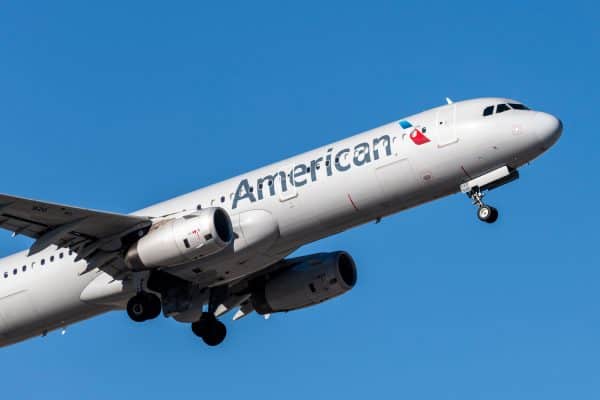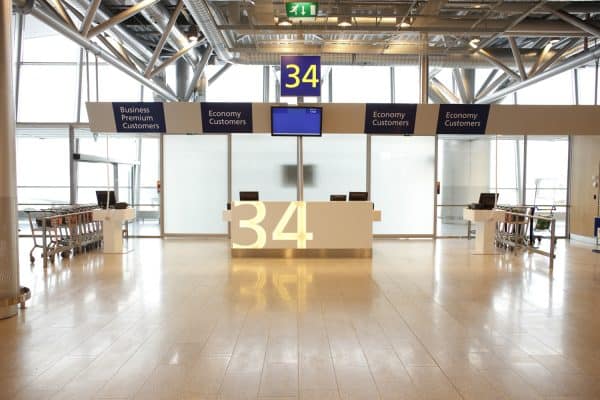Airline travel is exciting yet may prove to be taxing and time-consuming. On the upside, domestic flights are relatively easier to deal with. That said, will you be required to go through customs? We researched everything about domestic travel that’ll surely help you.
Customs is the security branch in charge of monitoring and controlling items that enter and leave a country. Since domestic flights remain within the borders of the nation, travelers are not required to pass through the agency upon departure or arrival.
Domestic travel has its own regulations and airport procedures to follow. Passengers conform to the rules for convenient travel. In this article, we will talk about domestic travel, immigration and customs, and the airport process to assist with your travels.

Domestic Flight: A Brief Explanation
Domestic flight entails traveling within the borders of a certain country. If you intend to fly to a different city or state that is located within the nation where you reside, then you are flying domestically.
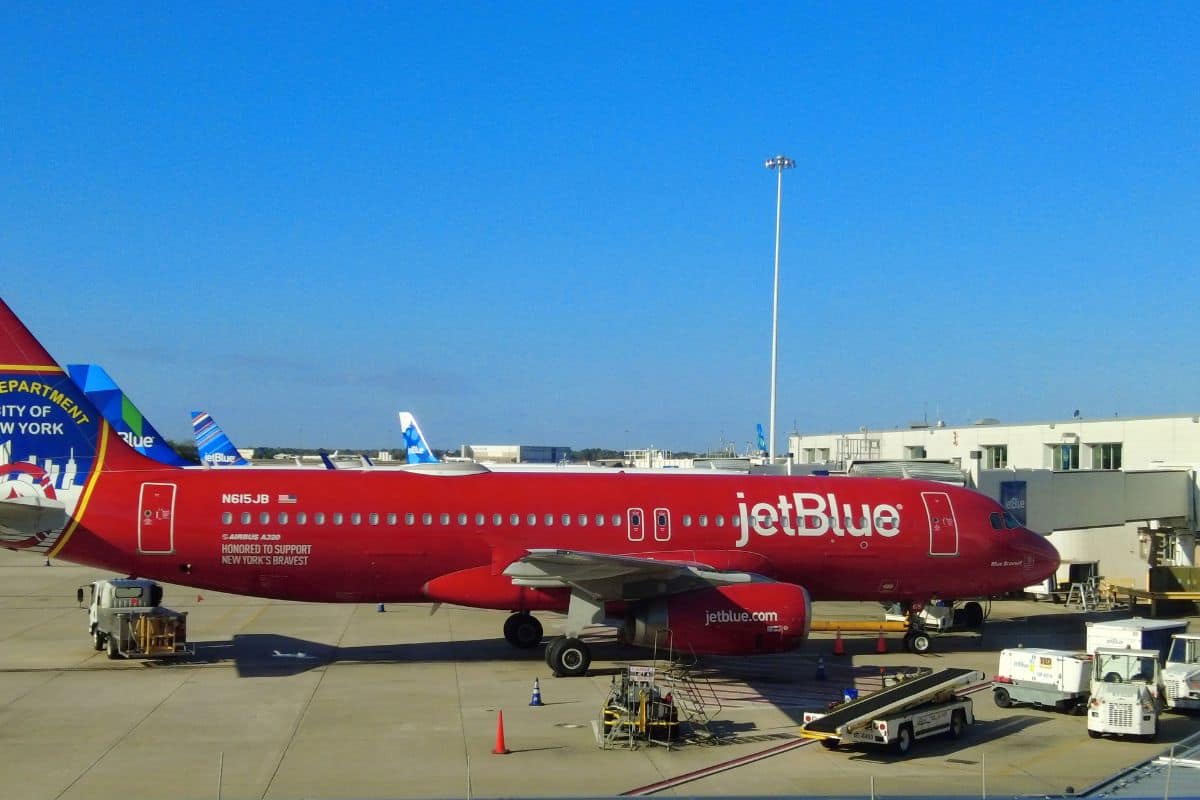
Do You Have To Go Through Customs?
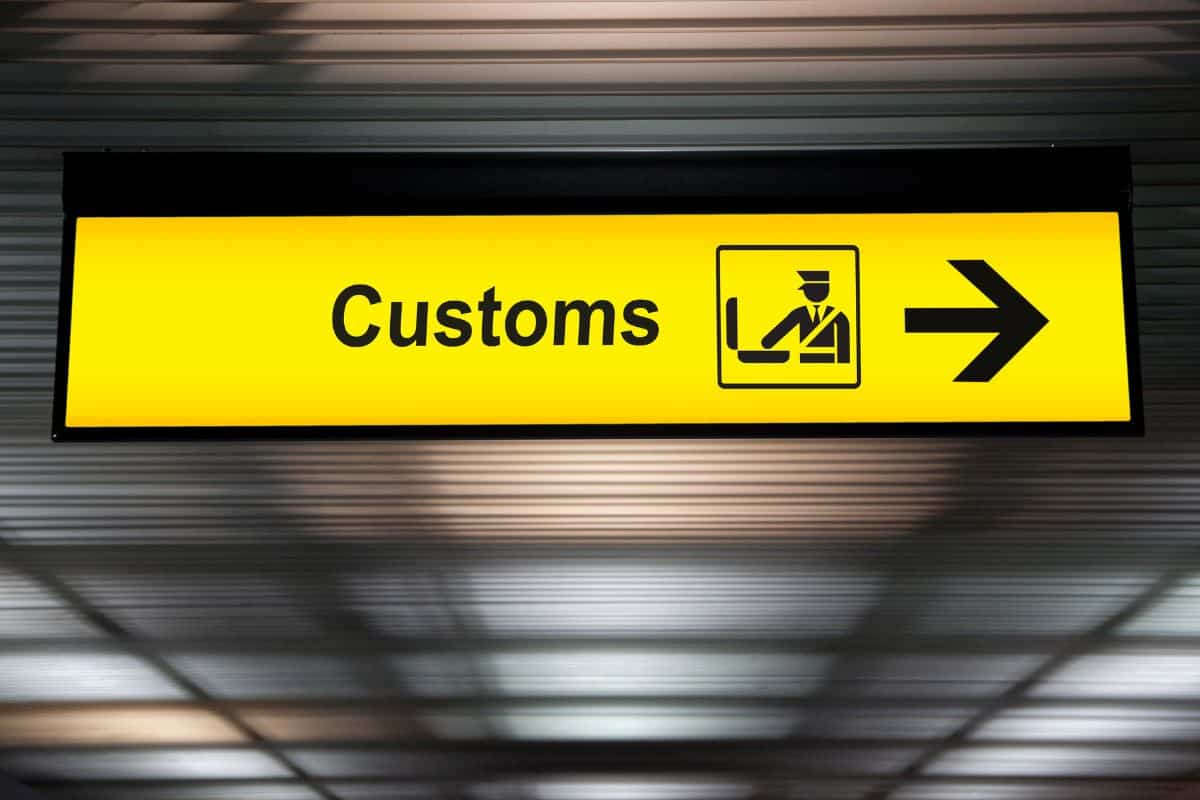
People who plan on engaging in domestic travel undergo a fairly simple process than that of international flights. It is however true that as an airline passenger, you will need to follow certain rules and regulations.
Being on a domestic flight means that you will not have to go through customs simply because you are not flying internationally. The security agency is only responsible for checking items that leave and enter a country.
So if you intend to buy souvenirs on your next vacation within the state, you won’t have to worry about going through customs and declaring the said items.
Travel Documents
The first items you have to pack are your travel documents. This includes your State ID, Real ID, boarding pass, and other identification that proves your credentials.
Make sure they are accessible at all times because airport security, check-in attendants, and airport staff may ask for them.
Note that since October 2020, the US government has mandated its citizens to have a Real ID to be used as a required travel document when flying domestically. It will be used to validate a person’s identification, citizenship, and residency.
If you haven’t registered for a Real ID, it is recommended that you get one because you will not be able to pass through a security checkpoint without it.
Personal, Carry-On, And Checked Baggage
Certain airlines impose rules as to the size and weight limit of passengers’ luggage pieces. One traveler can bring a personal bag and carry-on with them inside the cabin as long as the former fits under the sit in front while the latter is placed in the overhead compartment.
Checked baggage needs to go through the check-in process, is weighed, and stowed in a separate area inside the plane.
You should pack lightly, and if possible, bring one carry-on and personal bag with you so you can check in online, avoid the check-in queue, and breeze through security without any hassle.
TSA Liquid Limits
Before packing any necessities, be aware of the TSA’s liquid limits. The amount of liquid along with its container must not exceed 3.4 ounces or 100 milliliters and must be put in clear bottles that are placed in a clear small bag.
This includes your bottled water, toiletries, and other similar items. However, medicines in reasonable quantities and baby foods are allowed to exceed the limitations.
An Overview Of The Airport Process

It is recommended and common practice to be at the airport two hours early before the boarding time when flying domestically.
Once you have arrived at your terminal, you will first need to check in to acquire your boarding pass if you haven’t done it online.
Afterward, proceed to the security checkpoint and present your Real ID and boarding pass. Place all your belongings in separate trays along with your jacket, belts, and other metal items you brought with you then go through the metal detector.
Grab your belongings and proceed with finding your gate. If there are still moments to spare, you can wander around and eat while waiting for the boarding time.
Airport Immigration And Customs
Inasmuch as domestic travelers do not have to go through immigration and customs, a deeper understanding of their functions and purposes is worth knowing.
ou may be traveling internationally next time and the purpose of this segment is to familiarize you with the process.
The Role Of Immigration
Immigration, also referred to as passport or border control, is the agency that determines whether you are qualified to enter a certain country.
Basically, its main function is to validate the identity of the person, ascertain the nature of the trip and find out other relevant information relating to the visit. The purpose is to protect the host country from undesirable individuals.
It is relatively a routine procedure and it is best to keep in mind that it is for everyone's good.
Document Requirements
Upon arriving at your destination country, you go through the immigration area where your travel documents are reviewed. These include your passport, visa, supplement ID, and depending on which specific country, other papers like immunization documents.
It is best to research and know in advance so there will be no delays or complications during the process.
The Immigration Process
The immigration officer would then proceed to ask several questions regarding your visit. Typical inquiries include the nature of your trip, the duration, and the place you will be staying. Take note that all these questions are not merely routine but rather designed to confirm and validate the visit.
All your responses are referenced with the documents you have at hand. To illustrate, if you declare that you are staying in a hotel or visiting family, the reservation or letter of invitation would support your statement and would most likely be granted entry.
Secondary Inspection
There are instances when a secondary inspection is required and you would be escorted to a different room and interviewed further. This usually happens when there are problems or inconsistencies with the documentation.
If the person does not qualify to enter the country, he is sent back to the point of origin.
Realistically, the entire process takes a few minutes if everything is in order or you travel frequently and have no record. Once approved, you then proceed to customs.
The Role Of Customs

Immigration is concerned with people that enter a country, the business of customs is the items taken along. As mentioned, the primary function of customs is to monitor, control, and prevent the entry of goods into a country depending on how they are categorized.
The Customs Process
Before you land, the flight attendant or personnel would hand you a U. S. Customs Declaration form. Basically, you fill it with personal information including the data of your travel documents and the items which you did not originally have when you left the country.
These include souvenirs, gifts, personal purchases like clothes, watches, gadgets, business merchandise, and all other things you will be bringing into the country with you.
You may choose not to declare especially if you believe they are common or ordinary items but there is considerable risk involved. If you are chosen for inspection and undeclared goods are found in your luggage, they could be confiscated, or fines could even be imposed.
Duties And Taxes
Returning travelers are allowed up to $800 worth of permissible merchandise free of duty. Any amount in excess is taxed at a 3% flat rate.
There are strict impositions on alcohol which is deemed duty-free up to a liter, and 200 cigarettes or 100 cigars. Most household products, personal effects, and clothing items are also tax-free.
If you do not travel often, it is good practice to research customs rules and duty rates to avoid spending too much on taxes, or worse, having items confiscated.
Regulated And Restricted Items
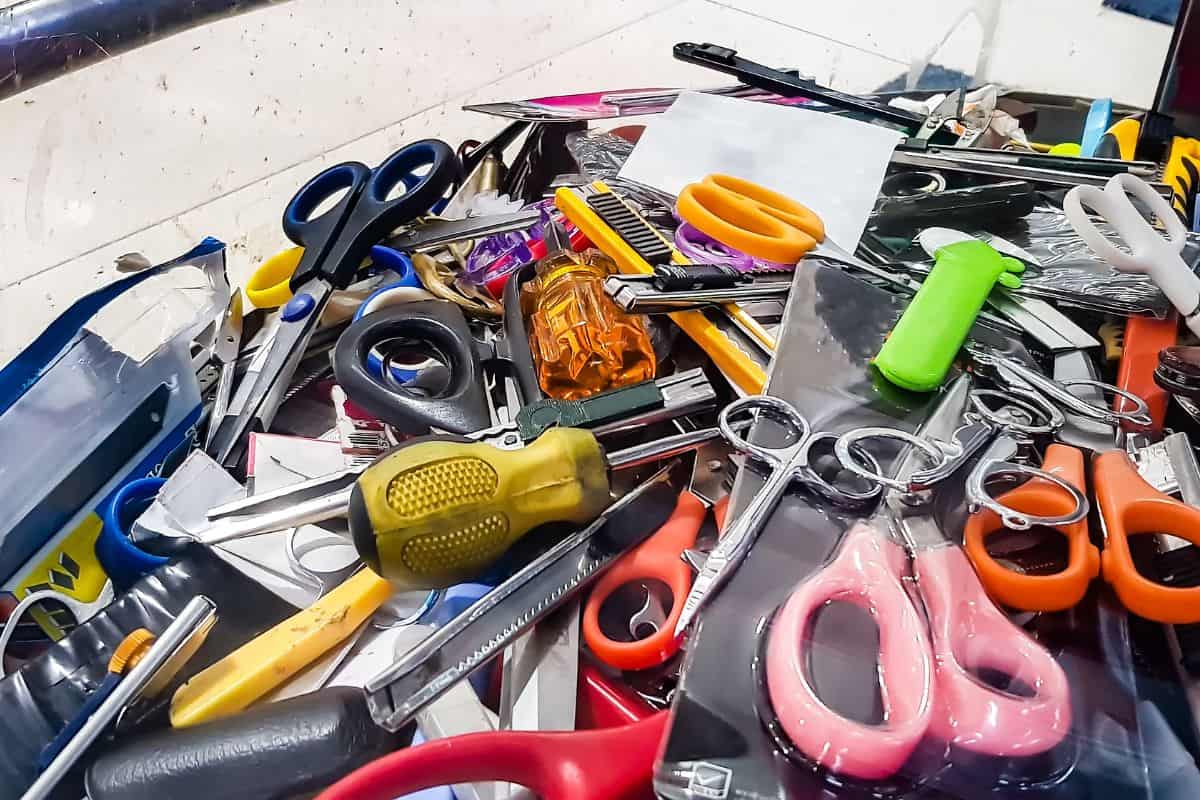
Food items are heavily regulated since they can be contaminated with pests or diseases. The packaging usually factors out whether they are allowed or not.
Vacuum-packed, canned or bottle-sealed food is usually permitted but fresh fruits, vegetables, and meat are not. Condiments like oil, vinegar, and honey as well as coffee and tea are allowed.
Prohibited Items
Any form of drug paraphernalia is prohibited and illegal to bring into the United States. If a person is caught attempting to cross the border, then they will be subjected to fines and imprisonment.
Can I Fly With My Driver’s License?
Effective on May 2023, the US government requires its citizens to present a Real ID-compliant driver’s license or any other government-issued identification documents such as a passport and military ID.
The TSA will not allow anyone to pass through security if they fail to confirm or validate their identity.
In Closing
Passengers will not be required to go through customs when traveling domestically. It is however important to follow the airport process and bring the necessary travel documents. Enjoy your trip!
You might also find these articles helpful:


